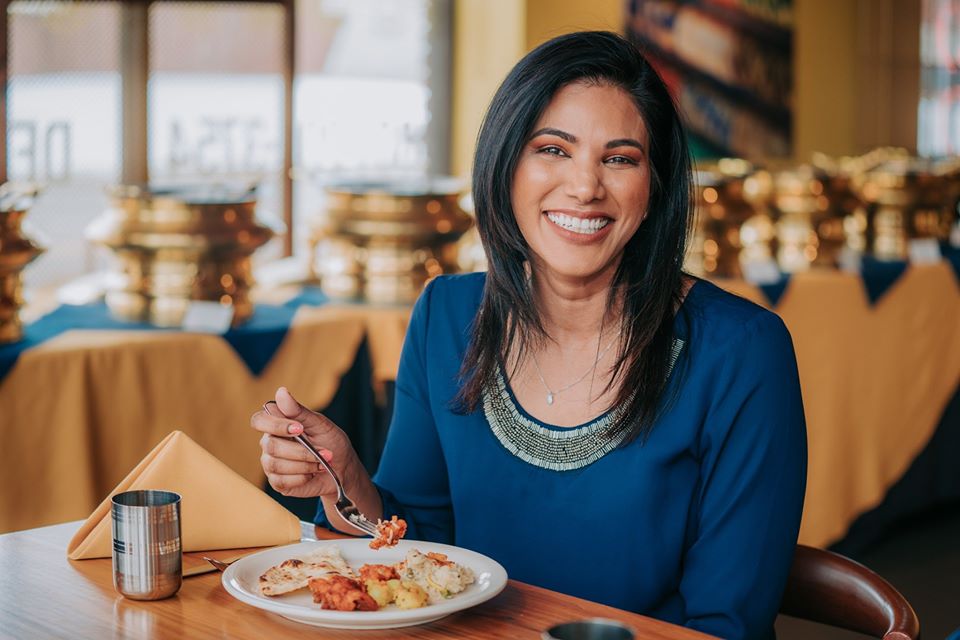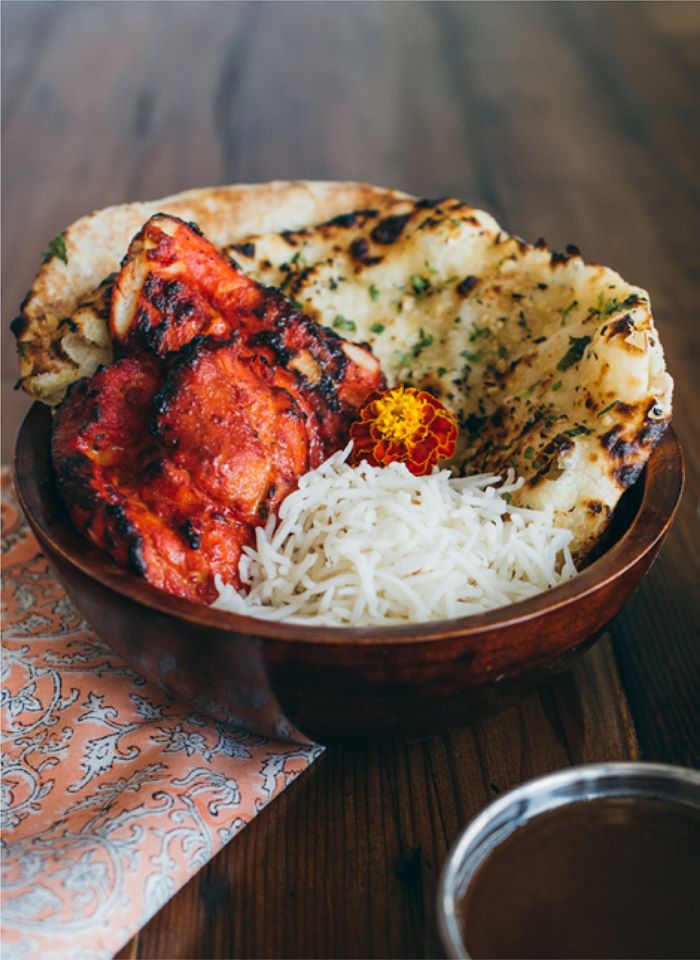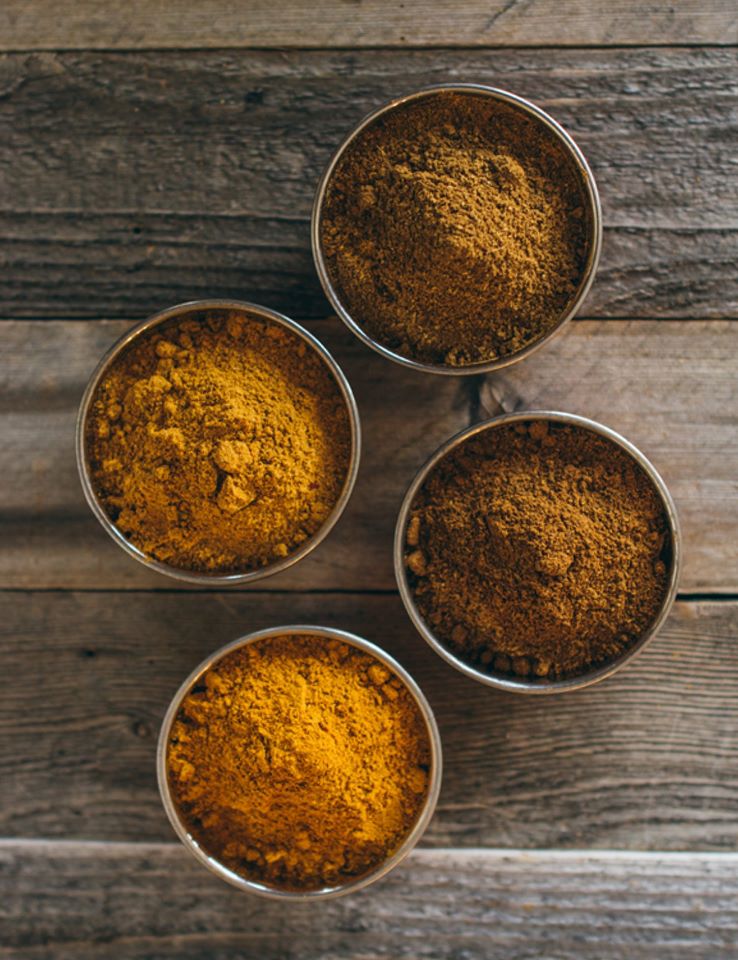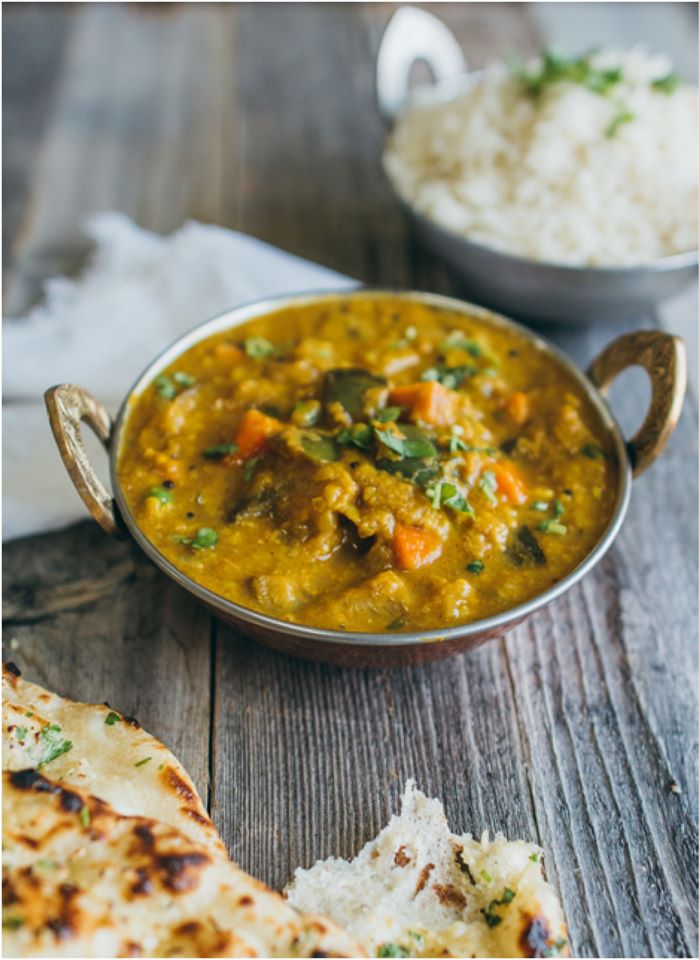Saffron Valley Special
The newest addition in the Saffron Valley family is part restaurant, part market and part chai house. With small business financing from Mountain West, Saffron Valley was able to hire 12 more employees at their new Sugarhouse/Liberty Wells location in Salt Lake City. The new 5000 square foot location also includes a culinary school, making it a one stop shop for anyone who wants to explore Indian food.

The tour de force behind Saffron Valley is Lavanya Mahate. Born and raised in Southern India, Mahate watched her mom, with some help from Kanthama (their kitchen help) cook for her large extended family, and her joy for all things culinary only expanded over time.

“Food has been a passion of mine since I was young,” Mahate says. “From simple ingredients to complex flavors, my entire life revolves around the table and what fills it.”
What’s in a Name
Prior to opening the first Saffron Valley, Mahate worked for the Salt Lake Chamber as the Director of the Women’s Business Center. She helped other women and men start and grow their own businesses before launching her own small business–a line of spice blends at the Downtown Farmers Market. You can still purchase those spice blends today. In fact, the name Saffron Valley comes from the culmination of Indian Spices (saffron) with local ingredients (from Salt Lake Valley) creating a perfect marriage between the two destinations.

Saffron Valley has four locations throughout Salt Lake County. The food served at each location showcases the breadth and variety of regional fare from the North, South, East and West of India.
Anything But Typical
“Being an Indiana restaurateur in the United States keeps me connected to my homeland and allows me to recreate memories of home on a plate,” Mahate explains, noting that it often comes as a surprise to many to learn that there is no such thing as ‘typical’ Indian Food. Mahate says a proper Indian meal is the perfect balance of six flavors: sweet, salty, sour, pungent, bitter and spicy, with one or two standing out.
Which makes sense when you consider that Indian food is set against the backdrop of more than 5000 years of history. Add into the mix 1.2 billion inhabitants and 30 culinary regions, plus hundreds of cooking techniques and thousands of regional dishes. It makes even more sense that ‘typical’ would be nearly impossible to pinpoint.

“Food to me is a symbol of my homeland,” Mahate says. “It keeps me tied to my roots. It also allows me to share narratives and experiences about food in the form of new anecdotes, memories and valuable life lessons.”
Learn more at www.saffronvalley.com.
